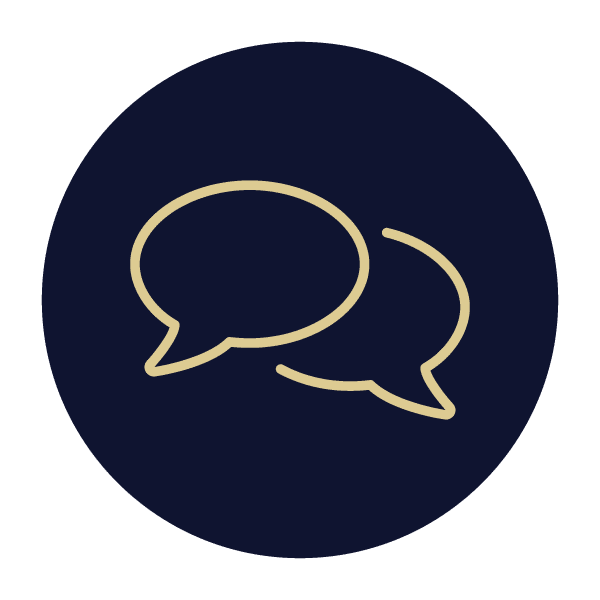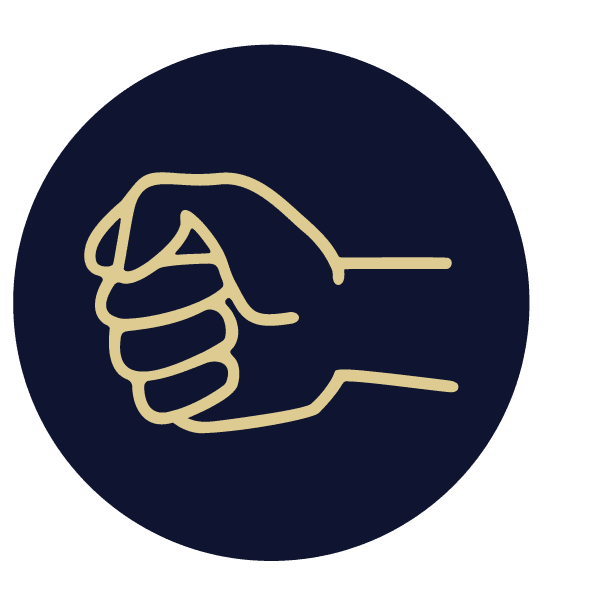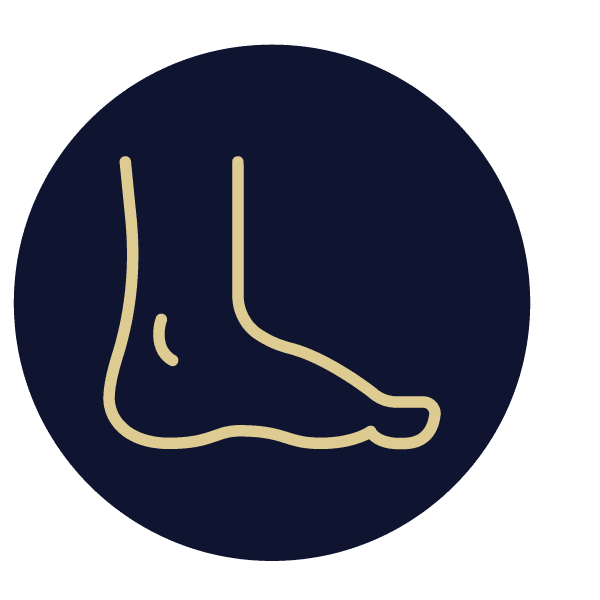Apraxia is a neurological condition that affects a person’s motor planning and coordination skills. In children, it can be present at birth, but it can also develop in adults from neurological events, such as brain injury, stroke, dementia, and brain disease or tumor. Apraxia can manifest in various forms involving different parts of the body:


Apraxia of Speech (AOS)
This specifically affects the motor planning and execution of speech movements, making it difficult for individuals to produce clear and coordinated speech sounds.

Limb Apraxia
Limb apraxia involves difficulties in planning and executing purposeful movements with the limbs, such as reaching, grasping, or using tools.

Oral Apraxia
This form of apraxia affects the coordination of mouth and tongue movements, which can impact various oral activities, including speaking, swallowing, and facial expressions.

Apraxia of Gait
This type of apraxia involves difficulties in planning and executing walking movements.

Dyspraxia is a similar and related condition. Dyspraxia is a broader term describing the partial loss of the ability to perform skilled movements with normal accuracy. Apraxia is the complete loss of the ability.
While the exact cause of apraxia is not well understood, it is associated with damage or malfunction in the areas of the brain responsible for motor planning and execution.
The exact location and extent of brain involved varies among individuals and presents differently. Apraxia is not a motor disorder. The muscles used to execute bodily movement work fine. It is a neurological disorder. Apraxia originates in the brain and can be improved there.

Apraxia of speech (AOS) disorder is where a person has difficulty coordinating the motor skills necessary to move the mouth, jaw, and tongue to form words. The speech centers of the brain plan and coordinate what we want to say. These parts of the brain send signals to the muscles of the face, tongue, lips, and soft palate to produce speech. In apraxia, something in the signaling communication process in the brain does not work smoothly. Science hasn’t determined exactly what causes childhood apraxia, but it’s clearly a brain disorder. Apraxia often accompanies other neurological behavioral conditions, such as ADHD, autism, or obsessive-compulsive disorder.
Neurofeedback has been shown to contribute to improved outcomes especially when used in conjunction with other treatment methods, like speech therapy, for apraxia. It has proven to be beneficial in addressing coexisting neurological conditions which impact overall speech, language, and behavior.

You have questions, we have answers!
You have questions, we have answers!
We’ve gathered a list of commonly asked questions for your convenience. If you don’t see the information you need, please don’t hesitate to reach out to us. Simply click on the question that interests you to navigate directly to the relevant section.
